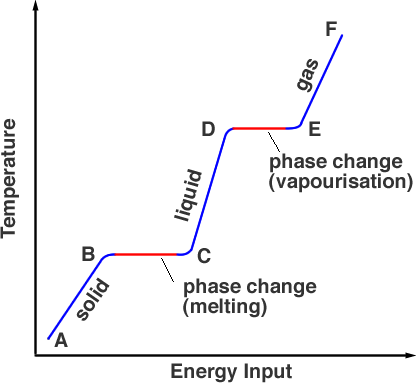we learned about all the ways matter can be divided up in respect to mixtures and substances.
understanding matter begins with how we name it. we can divide matter into two types:
- HOMOGENEOUS: consists of one visible component. i.e. distilled water, oxygen or graphite
- HETEROGENEOUS:contains more than one visible component. i.e. chocolate chip cookies, granite
(sorry for the home-made-ness, but i couldn't find it on the web and didnt know other wise :P)
this chart we were shown in class shows us how matter can be catergorized with regards to their homogeneous or heterogeneous state
PURE SUBSTANCES
we learned there are two types of pure substnaces:
- ELEMENTS: substances that cannot be broken down into simpler substances by chenical reactions. i.e. oxygen, iron, magnesium
- COMPOUNDS: substnaces that are made up of two or more elements and can be changed into elements or other compounds by chenical reactions i.e. water, sugar
telling the difference...
it is often very difficult to tell the difference between elements and compounds. the differences are only visible on the atomic level. but there are ways to find out without looking at the atomic level. one way is through ELECTROLYSIS. this method is to connect the substance to an electric current. this method will split the compound into the elements it is made of, but if the substance is a pure element, no change will occur.
well this is pretty much all we learned today... oh right and i forgot to show you what we blew up!
as seen in this video, we blew up a balloon filled with hydrogen today in class. it was a great way to end the class!








